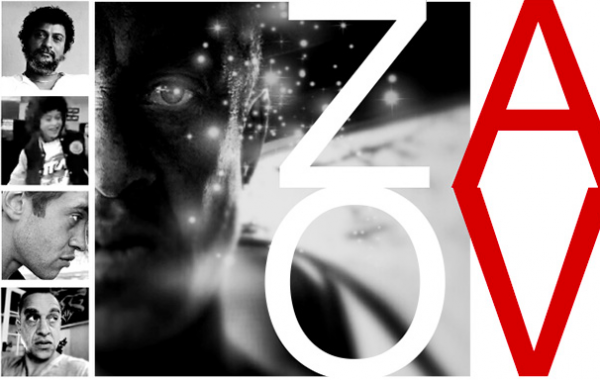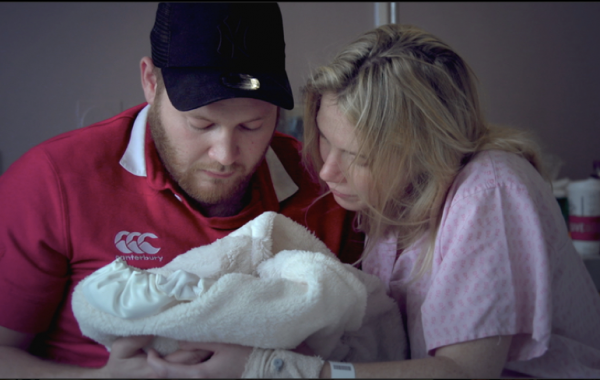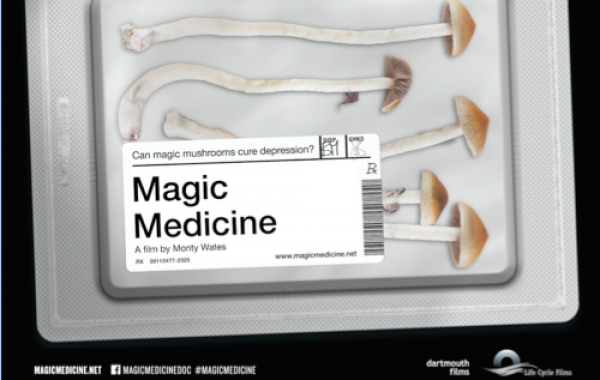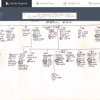Harvard Professor’s new interactive site uncovers hidden slave histories in Jamaica and Virginia
Betty was born in Jamaica in the summer of 1739. She married and had seven children. When Betty was 46 years old, Joseph Foster Barham, British absentee owner of a Jamaican sugar plantation, bought her for just £40 along with husband Qua and all her children, this is their story…
Today, Monday 13 October 2014, Harvard Professor of History and Director of the History Design Studio, Dr. Vincent Brown, is launching a new interactive website, which uncovers the lives of 431 enslaved people in seven multi-generational families at Mesopotamia plantation in Jamaica, and Mount Airy plantation in Virginia. These family histories have been painstakingly gathered by fellow historian Richard S Dunn over the last 40 years.
The website, TwoPlantations.com, is the interactive companion to a book written by Dunn called A Tale of Two Plantations: Slave Life and Labor in Jamaica and Virginia, for release on Harvard University Press next month, (4 November 2014). Features on the site include intricate family trees of seven enslaved families, three from Mesopotamia and four from Mount Airy, with mini biographies of each person detailed, information about the 140 people from the families from Mount Airy appearing in the 1870 census taken shortly after the Civil War, and a stunning original hand-drawn family tree of alone lineage, created by Dunn.
Dunn has been tracking the stories of some 2000 slaves since the 1970s, and his book is the result of that research, offering an extraordinarily detailed portrait of slave life in the US and the Caribbean, revealing the distinct patterns of mortality, fertility, and labour in two very different slave communities. However some elements of the research, such as the hand-drawn family tree, were not possible to include in the confined format of a traditional book. It was the collaboration with Brown that led to the development of the accompanying site to overcome these additional challenges and offer an accessible way to compare the complex data from both communities.
Dunn said, “My biggest challenge in composing A Tale of Two Plantations was how to portray as many of the 1,103 Mesopotamia slaves and the 973 Mount Airy slaves I was studying as possible. I wrote character sketches of dozens of individuals, and described the collective actions of the two communities, but this still left hundreds of people unaccounted for. The website has greatly strengthened my presentation, by opening to view the lives of 431 individuals (20 percent of the people in my book), and enabling viewers to get a more direct sense of what slave life was like at Mesopotamia and Mount Airy.” His collaboration with Dr. Vincent Brown through the History Design Studio presents an interactive visual of the family trees, but also an easy to use navigation, which enables a deep understanding of the contours of slave life in both communities.
TwoPlantations.com marks the launch of the History Design Studio, a workshop set up by Brown, to realize new ideas in multimedia history, a creative space where students and scholars can design new modes of historical storytelling. He says, “the History Design Studio has been in development for just over a year now, so we are delighted to unveil it to the public as we go live with TwoPlantations.com. Dunn’s meticulous research, considered analysis, and unparalleled authority on his subject have set a new benchmark for histories of Anglo-American slavery and it has been an honour to contribute to his effort by making some of this history available online.”
“Through the Studio we want to find ways to take advantage of new technologies that can help us uncover deeper historical understandings and tell stories in new ways. TwoPlantations.com offers a perfect illustration of its purpose. We released our first project, Slave Revolt in Jamaica, 1760-1761: A Cartographic Narrative, last year, an interactive map that unveils groundbreaking new insights into the political history of slavery. At the Studio we are striving to express historians’ core values through the innovative methods of artisanship and craft. Extensive use of primary sources, keen historiographical awareness, attention to change over time, and an overarching respect for evidence guide projects that can include databasing, storyboarding, audiovisual narration, performance, cartography, and software development. By stretching the canvas of historical scholarship, studio participants make lasting contributions to the understanding of the past and its many meanings.”
Featured Work

Zak Ové
View Details
TIME’S UP UK
View Details
Channel 4
View Details



